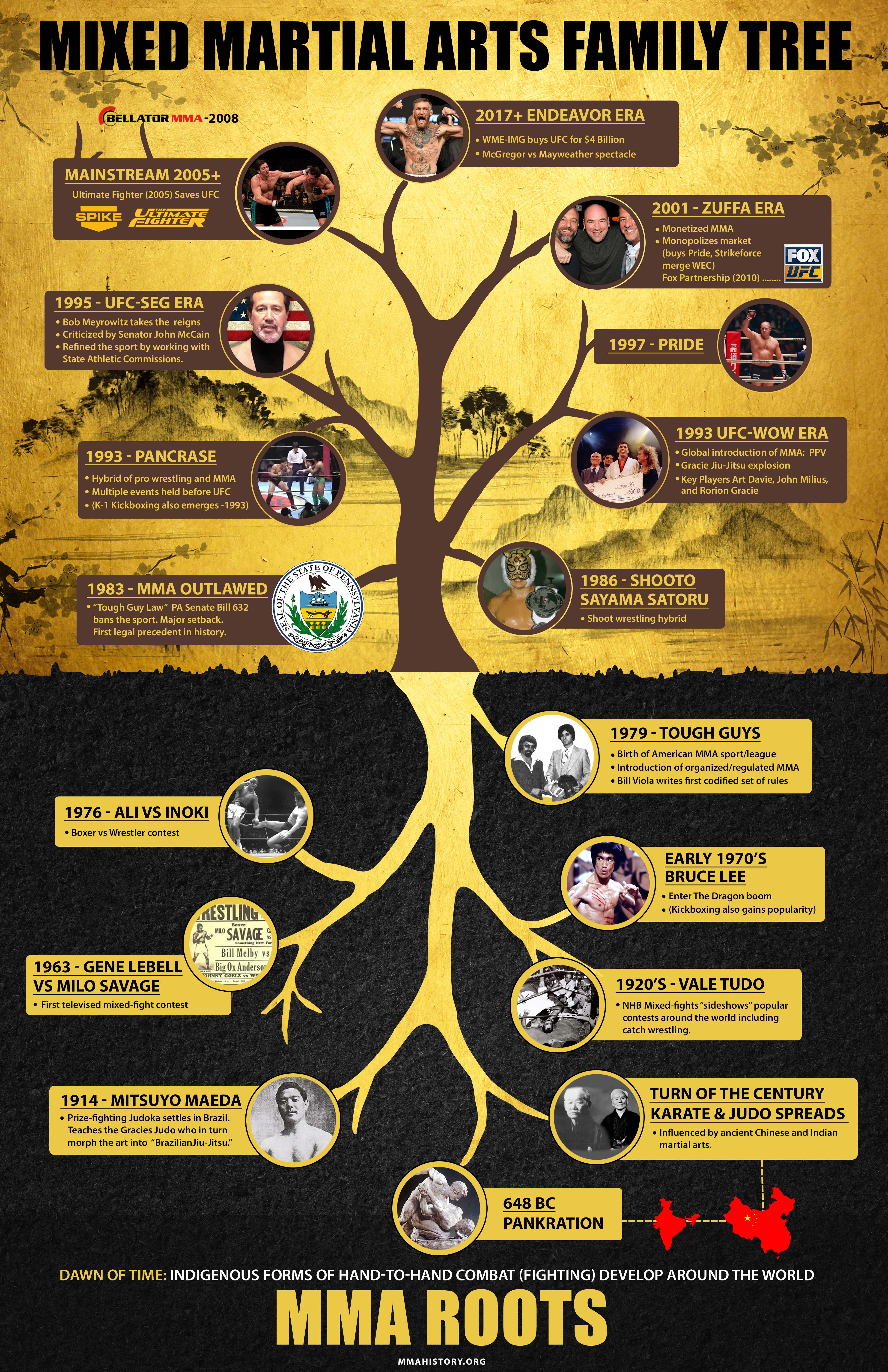Comprehending The Fundamental Differences Between Standard Martial Arts And Modern Battle Sports
Comprehending The Fundamental Differences Between Standard Martial Arts And Modern Battle Sports
Blog Article
Content Writer-Skovbjerg Fink
When you think about martial arts, do you lean a lot more towards the standard practices or the modern combat sporting activities? Each course provides unique benefits and experiences, shaped by their ideologies and training methods. Traditional martial arts highlight personal development and self-control, while contemporary battle sports concentrate on competition and efficiency. Recognizing these differences can guide you in choosing the ideal approach for your journey. However how do these distinctions manifest in training and viewpoint?
The Approach and History Behind Traditional Martial arts
While lots of people connect martial arts with physical battle, the ideology and history behind standard martial arts run much deeper. You'll discover that these techniques highlight individual growth, self-control, and regard.
Originating from old methods, conventional martial arts were typically created for Self-Defense and spiritual development. They personify concepts such as equilibrium, harmony, and self-control, guiding specialists beyond simple combating skills.
As you educate, you'll not just discover techniques however additionally obtain insights into the culture and worths that formed these arts. The routines and customs, frequently given via generations, promote a feeling of area and belonging.
The Affordable Nature of Modern Battle Sports
Modern combat sports have transformed the landscape of martial arts right into a very competitive arena, where athletes challenge in a test of skill, strategy, and endurance.
You'll notice that competitions are usually arranged with stringent guidelines and policies, guaranteeing justice and safety and security. These occasions bring in large audiences, fueling the enjoyment and intensity of competitions.
Athletes train rigorously, not just for physical expertise however likewise for psychological toughness, knowing that every detail counts in the ring. The adrenaline rush during competitors is apparent, as boxers push their restrictions to declare victory.
just click the up coming page and creativity involved, making modern battle sporting activities a thrilling spectacle that continues to evolve and captivate enthusiasts around the world.
Training Approaches and Techniques: A Comparative Analysis
The competitive ambience of modern-day battle sporting activities needs innovative training techniques that vary significantly from traditional martial arts.
In contemporary training, you'll concentrate on certain techniques, sparring, and conditioning, frequently making use of drills that simulate actual battle scenarios. You'll see a focus on quantifiable efficiency and frequent competitors to analyze your abilities.
In contrast, typical martial arts focus on forms, katas, and philosophical mentors, commonly stressing technique and regard over competition.
Training is usually much less extreme and may involve repetitive practice instead of real-time sparring.
While both approaches construct skill and physical fitness, modern fight sporting activities supply a more vibrant and adaptable training atmosphere, preparing you for instant obstacles in the ring or cage.
Select the course that aligns with your goals and interests.
Final thought
In selecting in between traditional martial arts and modern-day combat sports, it actually comes down to what you value the majority of. If you're trying to find individual development, self-control, and a feeling of neighborhood, typical arts might be your finest fit. However if https://martial-arts-gloves-kids38393.actoblog.com/35758593/comprehending-the-cognitive-and-emotional-development-in-martial-arts-for-children grow on competition and real-time challenges, modern-day combat sports could be the way to go. Inevitably, both courses use one-of-a-kind benefits, so it's all about straightening your training with your personal goals and rate of interests.
